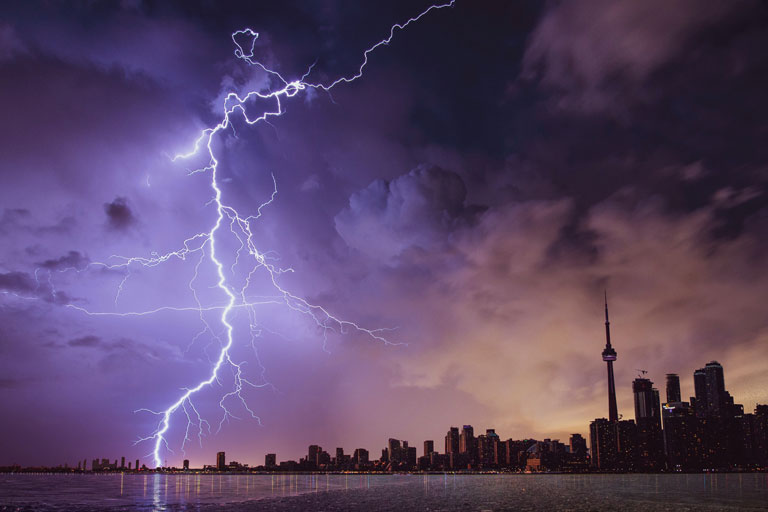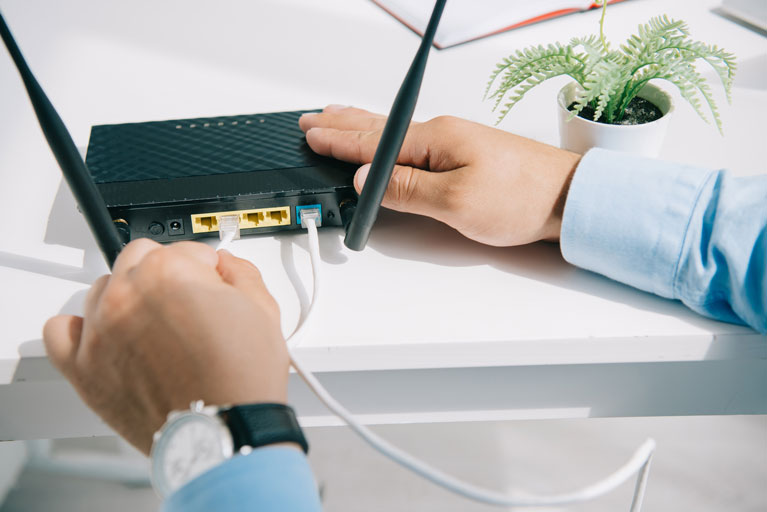A credit card processing outage can affect businesses significantly. Most consumers use plastic to make their purchases and don’t want to be told that they have to use cash.
In fact, a consumer study conducted by VISA shows that 40% of Americans carry less than $20 in their wallet anyway. So chances are that posting a cash only sign will drive away a lot of potential customers.
Fortunately, as it turns out, there are certain workarounds to a credit card processing outage. These strategies can allow your business to keep running if you can no longer take plastic payments. But first, let’s discuss why credit card processing might be down in the first place. As it turns out, knowing the root cause is part of finding the right solution.
4 Common Causes of a Credit Card Processing Outage
There’s Been a Processor Outage
One potential cause of the outage is that your credit card processor itself is having some connectivity issues. In August of 2021, payment processor TSYS went offline for a few hours, but estimates suggest that 80,000 to 200,000 businesses were impacted. Wrestling fans at the WWE Smackdown event in Las Vegas could not buy beer and hot dogs, leading many vendors to give food and soft drinks away for free. And while that particular example may seem comical, it’s certainly not if you’re a food vendor.
Payment processing companies are not always transparent about the root causes of such outages. One reason is that a series of mergers and acquisitions can bring multiple companies together. Creating a hodgepodge of network infrastructure and legacy systems that may need some modernization.
Another culprit can be a ransomware attack, such as one also suffered by TSYS in 2020. These events involve cybercriminals, rendering a system useless. Essentially, they hold it hostage until they get what they want (which is usually money).
The 2020 attack specifically targeted Cayan, which TSYS acquired for $1 billion in 2018. In any case, whatever goes on in the backend can cause severe disruptions for their own business clients.

There is a Power Outage
This one may seem a bit obvious, but if the power is out, it can impact your ability to take credit card payments. The most common cause of widespread power outages is inclement weather. Of the 1,542 weather-related power outages in the United States, 22% were caused by winter weather, 15% were caused by tropical storms, and the remaining 58% were caused by winds, rain, and thunderstorms.
The regions experiencing the most outages were the Southeast, Northeast, and Midwest. California was also one of the most frequently impacted states. If you’re not catching our drift, inclement weather is a threat to most businesses around the U.S.
Power grid issues (outside of those caused by inclement weather) are another common cause of widespread outages. No matter how you slice it, every small business that’s paying a utility bill is subject to power outages unless they have a backup generator.
Your Internet is Down
An internet connection is necessary for processing credit card payments. Sometimes, inclement weather can also cause problems with internet connectivity. In contrast, rain and snow can interfere with wireless signals, any kind of weather that down power lines can take out cable or ethernet as well.
The ISP (internet service provider) itself might be down for some reason, or subject to a cyber attack. And sometimes the problem is as basic as your own hardware, whether it’s a router on the fritz or someone who knocked a plug out of the wall.
Your Credit Card Machine is Broken
Go figure…sometimes you can’t process payments because the payment terminal is broken. There may be defective components. The chip reader or swipe reader may be damaged or worn down. The hardware may not be synching correctly with the software, or the software itself may need an upgrade.
This can often be a problem if you are using a POS system that isn’t sold by the payment processor. Some business owners may mix and match software, hardware, and payment processors in an attempt to save money.
It’s easy to see why since one point-of-sale terminal can cost up to $230 (or more) per month. But mixing and matching systems, software, and service providers can result in glitches that nobody is willing to service. Leaving you up a cash creek without a paddle.
5 Ways You Can Handle a Credit Card Processing Outage

Communicate
If you are experiencing the disruption of a credit card outage, be transparent with your customer base. It can be a customer service nightmare to have a conversation with clients once they get to the register, that their payment cannot be accepted at that time.
Use social media accounts to announce the outage. It seems counterintuitive, but it will create a much better customer experience than people showing up at your door with the standard less-than-twenty dollars in their wallet. Even if you’ve put a courtesy sign on the door (and you should do that as well, for any immediate foot traffic).
Part of your communication with customers on social media can be directing them to a website instead of visiting your brick-and-mortar location if this solution is applicable to your business. You might also be able to have your staff members process transactions on the website as well, using tablets, for instance.
It’s also good to communicate with the parties that may be involved with the outage. Whether that’s the payment processing company, utility company, or internet service provider. Using a website like down detector can be good for monitoring power or internet outages.
As far as the payment processor goes, it’s especially helpful if you have an accessible account rep as a point person who is familiar with your type of business. You can also check social media accounts to get updates and track when services may be back online.

Troubleshoot
Sometimes all you need to do is a little poking around yourself. Check all the POS terminals first to see if it’s impacting only one or two or if it’s a systemic issue. Obviously, if only one terminal is impacted, you can close that register and funnel customers to others.
Make sure you are using hardware and software that is compatible and endorsed by the payment processor. Or better yet, sold or rented out by the payment processor. This can make it easier to call the payment processor and troubleshoot any issues over the phone. They may guide you to reboot the system, install some updates, schedule a repair, or replace the terminal.
In some cases, you may have a newer device that doesn’t work well with an older, slower internet connection. And speaking of internet connection, if the trouble has to do with your own hardware, make sure everything is plugged in and that your routers are optimally working. An I.T. might be necessary for a fully systemic diagnosis of your internet capability and whether you need an upgrade.
Incentivize
When life gives you lemons, make lemonade…as they say. This can be a great time to incentivize alternative payment options. Such as purchasing with a cash discount, or a discount for shopping online.
Depending on the nature of your business, you could also offer a temporary merchandise credit for customers with whom you have a working relationship.
Go Offline
Some POS terminals are able to operate offline. They store the payment information in a queue and then send the transactions over to the payment processor once the POS is online again. There is also a little bit of incentive to start accepting NFC (contactless) payments. This is because many of these cards can be accepted without WiFi, 4G, 5G, or LTE connectivity.
Lastly, if worse comes to worst, you can go back to the Stone Age and use an imprinting device with carbon paper and a sliding bar. Another option allows you to collect customer card numbers and save them until you can input them as long as you have them sign a customer consent form.

Get Backup
A final option is to have a backup in all areas. This means having a generator to deal with power outages. It means perhaps having a backup router in case yours goes on the fritz. It means enrolling your business in alternate digital payment platforms like PayPal, Venmo, Zelle, Amazon Pay, Google Pay, and ApplePay.
It can also mean signing up for BNPL (buy now, pay later) options like Klarna, Affirm, or Afterpay. And lastly, it might mean having a relationship with two different payment processing companies. You could even just have one (or a few) POS terminal(s) with your backup payment processor so you’re not overpaying for two all the time.
Don’t Let an Outage Get You Down
Consumers prefer to pay with plastic if transaction volume says anything: In 2021, only 19% of in-person payments were made with cash. While 32% were credit cards and 44% were made with debit cards.
The only drawback to card payments is that the cash flow can slow to a trickle in the event of a credit card processing outage. Thankfully there are a number of workarounds, based on the cause of the outage. Like anything else in terms of running a successful business, the foundation of it all is just learning how to think on your feet.
To contact sales, click HERE. And to learn more about ECS Payment Processing visit Credit & Debit.
